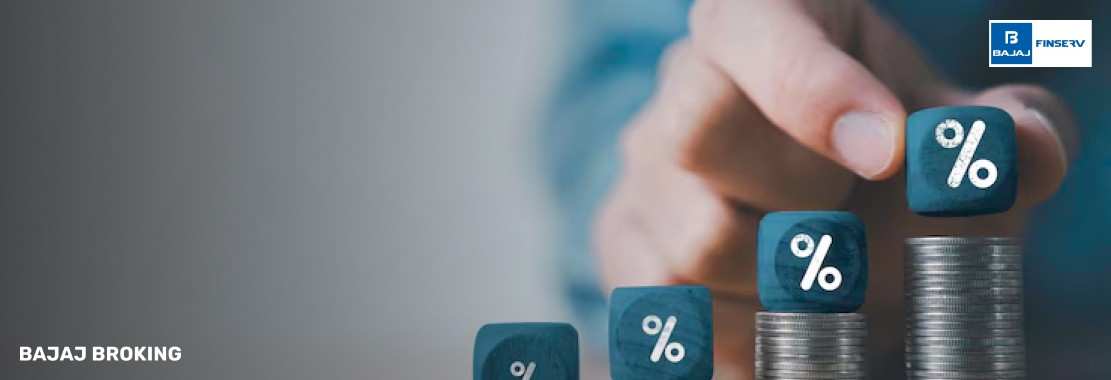Covered Interest Arbitrage is a currency investment strategy designed to exploit interest rate differences between countries. This is done while hedging against exchange rate risk through a forward contract. This forex trading technique makes use of capital conversion to a currency with elevated interest rates while acquiring forward contracts to secure exchange rates against market rate variations. The profit potential from covered interest arbitrage stands lower than what alternative investment methods can generate. Institutional investors, however, strongly favor this particular investment approach.
The method works only when the expenses of exchange rate risk management prove lower than the increased returns from investing in the currency with higher yields. The principle of covered interest rate parity establishes equilibrium between interest rates and the spot and forward prices of two currencies. High-speed communications have reduced arbitrage opportunities but market participants detect these remaining opportunities to exploit them before the market restores equilibrium.
How Covered Interest Arbitrage Works?
Covered Interest Arbitrage involves leveraging interest rate differentials between India and another country while mitigating exchange rate risk. A financial investor detects varying interest rates between, say, India and the United States. The investor borrows funds from the lower interest rate currency before converting them into the higher interest rate currency for Indian investments.
To eliminate the risk of exchange rate fluctuations, the investor enters into a forward contract to sell the Indian Rupees (INR) at a predetermined exchange rate when the investment matures. This ensures that the investor knows exactly how much of the original currency they will receive, regardless of the actual exchange rate at the end of the investment period. The profit is derived from the interest rate differential, less the cost of the forward contract. The covered interest arbitrage strategy is easier to execute and provides an almost risk-free return on investment.
Due to the differences between interest rates of different countries being slim, the returns you earn through this method might not be very high when compared to other investment options. That said, this investment technique is highly favored by institutional investors. Institutional investors employ these interest arbitrage techniques to realize a return on investment.
Practical Example of Covered Interest Arbitrage
Covered interest arbitrage is a financial strategy that allows investors to exploit differences in interest rates between two countries while hedging against exchange rate risks using forward contracts. Let's consider an example involving the Indian rupee (INR) and the US dollar (USD).
Assume the current spot exchange rate is approximately INR 82 per USD. The interest rate in India is 6.5%, while in the United States, it is 2%. An investor can borrow USD at the lower interest rate, convert it into INR at the spot rate, and invest in India to earn the higher interest rate. In forex trading terms, to hedge against exchange rate fluctuations, the investor also enters into a forward contract to sell the INR back into USD at a predetermined rate.
Here's how this strategy works:
Borrowing in USD: The investor borrows $100,000 at an interest rate of 2% for one year. This means they will owe $102,000 at the end of the year.
Converting to INR: They convert the $100,000 into INR at the spot rate of INR 82 per USD, resulting in approximately INR 8,200,000.
Investing in India: The INR 8,200,000 is then invested in India at an interest rate of 6.5%. At the end of the year, the investment grows to INR 8,733,000.
Forward Contract: To hedge against exchange rate risks, the investor enters into a forward contract to sell INR 8,733,000 back into USD at a predetermined forward rate. Let's assume the forward rate is INR 83 per USD, which is slightly higher than the spot rate due to interest rate differentials.
Settling the Forward Contract: At the end of the year, the investor sells INR 8,733,000 at the forward rate of INR 83 per USD, receiving approximately $105,198.
Profit Calculation: After repaying the USD loan of $102,000 (including interest), the investor is left with a profit of $3,198. This profit is risk-free because the exchange rate risk was hedged through the forward contract.
This example illustrates how covered interest arbitrage can be used to generate profits from interest rate differentials while mitigating exchange rate risks. However, the profitability of this strategy depends on the cost of hedging being less than the interest rate differential between the two currencies.
Conclusion
What is Covered Interest Arbitrage? It’s a sophisticated financial strategy that allows investors to capitalize on differences in interest rates between countries while protecting against exchange rate fluctuations. From an Indian finance perspective, this technique can be particularly useful when there are significant disparities in interest rates between India and other major economies like the United States. Through techniques common in forex trading, by borrowing in a currency with a lower interest rate, converting it into a currency with a higher interest rate, and hedging the exchange rate risk through forward contracts, investors can generate risk-free profits.
But the profitability of covered interest arbitrage depends on a number of factors, such as hedging cost, cost of transactions, and regulations by authorities. In practice, this strategy may not earn much money since market issues are usually corrected immediately and there are expenses associated with forward contracts. Nonetheless, understanding what is Covered Interest Arbitrage affords valuable insights into the dynamics of international financial markets and can be a useful tool for investors seeking to optimize returns in a globalized economy. Additionally, it highlights the importance of interest rate parity in maintaining equilibrium in foreign exchange markets.




